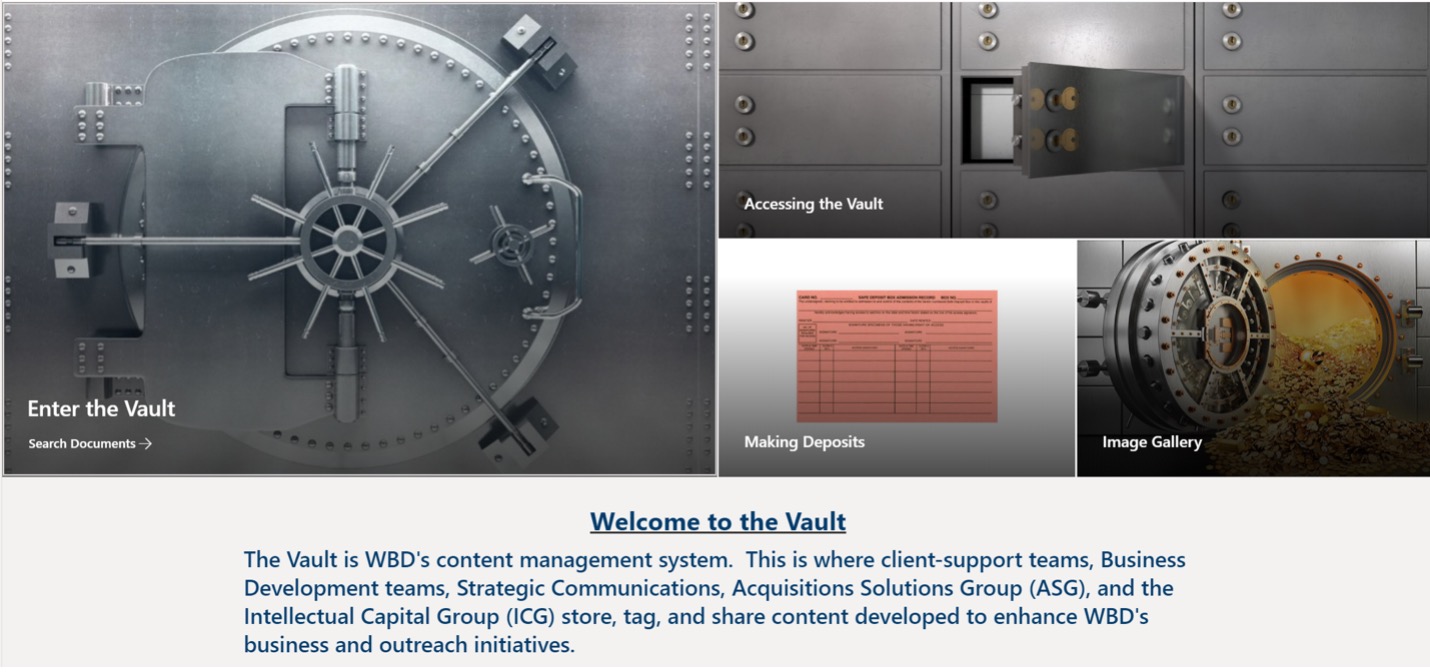<< Back to Media
Keys for Implementing a Knowledge Management System
September 24, 2021
Knowledge management, the strategic flow of information across an organization or business, is key to operational efficiency. Knowledge management is comprised of accumulating, storing, and sharing information, thereby allowing an organization’s members to learn from the collective experience and expertise of their colleagues. Rigorous knowledge management helps to build a smart, informed organization; hence it is one of the most important capabilities for any enterprise to develop.
Implementing Knowledge Management
Despite its importance, knowledge management is a ubiquitous challenge for most organizations and businesses. Across industries, organizations struggle to ensure that information is available and accessible to employees. Below are three best practices to address commonly encountered difficulties when establishing a knowledge management framework/approach.
1. Knowledge management should be targeted at providing easily accessible information when employees need it. A good knowledge management system is accessible from workflows that are already being used. It should be convenient and seamless for employees to access knowledge when they need it.
2. Knowledge management should include processes by which knowledge is verified. To be useful and trustworthy, a knowledge management system should include data on who created the knowledge, when it was created, and who is responsible for its continued relevance.
3. Knowledge management strategies may also suffer from too many separate knowledge repositories. For knowledge to be effectively managed in an organization, it must be centralized and easy to find.
A challenge to effective knowledge management is the lack of documentation of frequently asked questions. Certain pieces of information are relevant to most of an organization; inability to access this information leads to inefficiencies, including too much time spent searching for answers, or slower on-boarding rates.
Another challenge to implementing a rigorous knowledge management approach is determining the gaps in knowledge. Whether by consulting with employees with institutional knowledge or deploying machine learning software to sense trends in frequently asked questions, a crucial step to managing knowledge is identifying the pieces that are missing.
Knowledge Management in Small and Medium-Sized Businesses (SMBs)
Although few companies escape the challenges of implementing knowledge management systems, SMBs face other, unique difficulties. SMBs have fewer employees, meaning that knowledge lies with one or two individuals. A firm is at risk if these individuals leave without capturing and storing their knowledge. Also, SMBs often lack the resources to invest in dedicated knowledge management expertise or systems. For these companies, the approach to knowledge management must be cognizant of these limitations.
Knowledge Management at WBD
Washington Business Dynamics (WBD) built a knowledge management system called “The Vault” to capture, sort, store, and share knowledge across the small firm.

The WBD Vault
The Vault is built on the Microsoft 365 suite of tools. Since this is the platform where all internal firm business is conducted, the Vault fits easily into employee’s existing workflows. The framework underlying the Vault’s design ensures that knowledge is stored within a single repository. All firm business (e.g., solutions, outreach and marketing campaigns, case studies, and articles) is housed within the Vault, ensuring that firm knowledge is expressed consistently across all firm activities. The Vault is easily searchable, as documents are tagged by creator, date, topic, sector, and geographic location, allowing users to quickly find the types of documents and solutions they need.
WBD has a crowd-sourcing approach to maintaining the Vault – crucial for a smaller firm. Vault Managers are responsible for uploading the intellectual capital created by their team. Since they are specialists in the type of content created by their team, they also function as quality control, verifying that knowledge is complete and accurate. Vault managers own the type of knowledge that is uploaded to the Vault, which includes the answers to frequently asked questions and areas of firm-wide interest.
The Vault is also a tool for identifying and closing knowledge gaps. Knowledge is linked to creators across the firm, giving users the ability to identify and contact experts with any questions not already housed in the Vault. This becomes a flywheel by which existing Vault content generates inquiry into the types of knowledge that remain to be developed and uploaded. Thus, the Vault helps promote cross-work stream collaboration by linking real people to areas of knowledge and guiding them to codify their expertise to benefit employees across the firm.
Here at WBD, we believe that knowledge management should amplify human expertise. The Vault is our solution.
Author: Adriana Weiss, Senior Associate at WBD, is an investment finance professional, engaging with the firm’s Economic, Procurement, and Business Analysis award with the Department of Defense, Defense Information Systems Agency.
